Home>Ideas and Tips>Unveiling The Illusion Of Spacious Small Rooms
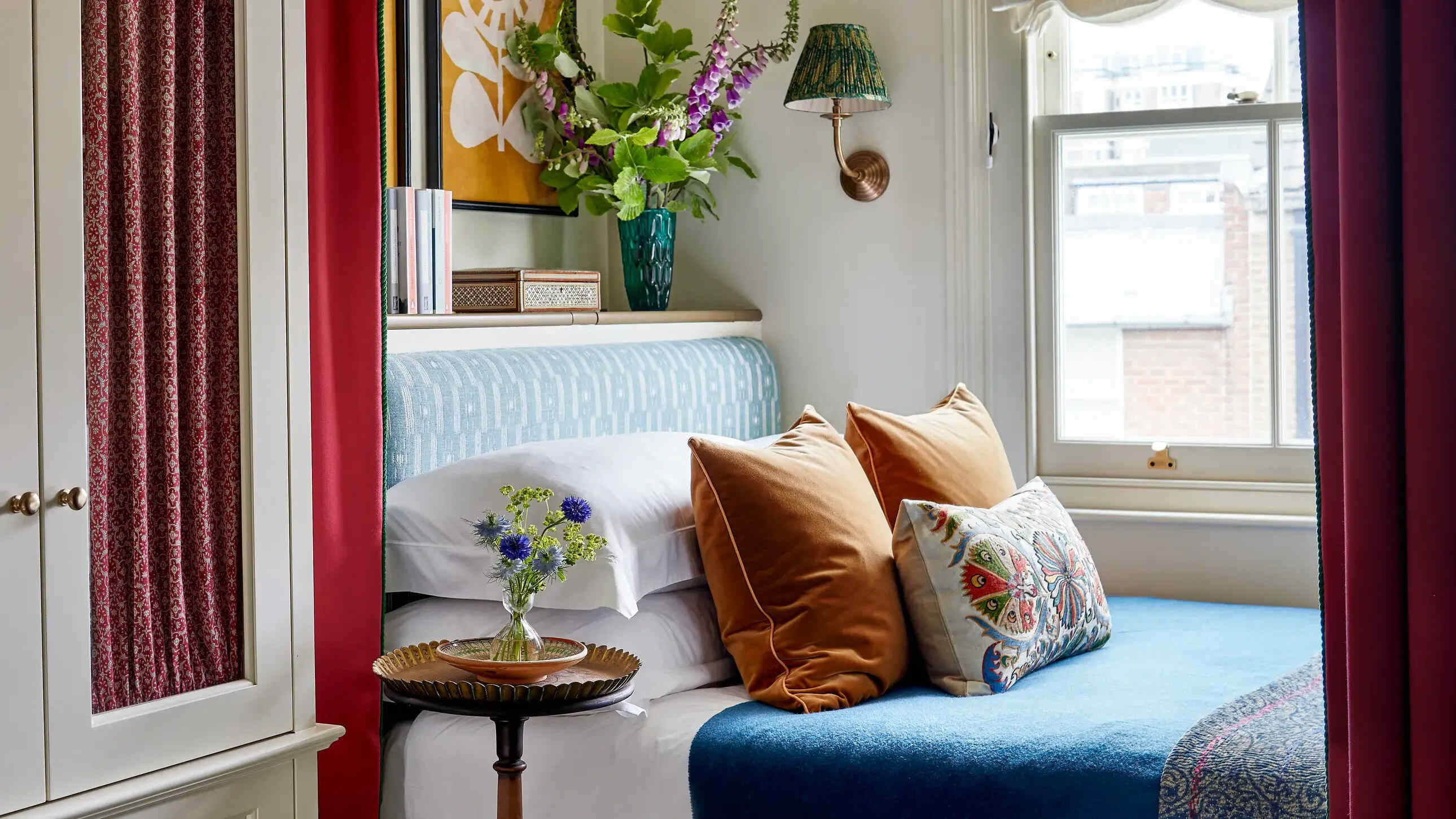

Ideas and Tips
Unveiling The Illusion Of Spacious Small Rooms
Modified: November 1, 2024
Discover design hacks to make small rooms feel larger. Learn how light, furniture, and minimalism can create the illusion of spaciousness.
(Many of the links in this article redirect to a specific reviewed product. Your purchase of these products through affiliate links helps to generate commission for Storables.com, at no extra cost. Learn more)
Creating the illusion of spaciousness in small rooms is an art that requires strategic design elements and techniques. Whether you're dealing with a cozy living room, a compact office, or a small apartment, these principles can help you transform even the most intimate spaces into expansive and comfortable havens. In this article, we'll delve into the various strategies and design hacks that interior designers and homeowners use to make small spaces feel larger.
Embrace the Illusion: Creating Space
The Palette of Possibilities: Light and Airy Tones
One of the most effective ways to create the illusion of spaciousness is by using light and neutral colors. These shades reflect light, instantly rendering a room airy and open. Imagine a seamless expanse when a consistent color palette blankets walls, ceilings, and furniture. Light colors have a profound impact on how we perceive space; they make rooms feel larger by reducing visual clutter and creating an open atmosphere.
For instance, Floorworld's partnership with Redbook Green brings forth the "Mountain Chalet" range, which includes warm greys that enhance spaciousness within bedrooms. These colors not only provide a clean backdrop for your furniture but also help in reflecting light, making the room appear more expansive.
Harvesting Natural Light: Illuminating the Illusion
Natural light is the ultimate enlarging agent. Sheer curtains and blinds can replace heavy drapes, allowing sunlight to illuminate the room gracefully. Strategically positioned mirrors effortlessly bounce light around, magnifying the dimensions of the space. For spaces devoid of windows, such as hallways or inner bathrooms, consider the addition of skylights. These can significantly enhance the natural light available and create an illusion of larger dimensions.
In addition to sheer curtains and blinds, using mirrors effectively can also amplify the natural light in a room. Mirrors not only reflect light but also create the illusion of more space by reflecting images and objects in the room. This technique is particularly useful in small spaces where every inch counts.
Furnishing Your Illusion: Selection and Scale
Furniture with slender profiles and elevated legs plays a pivotal role in creating an illusion of openness. These choices expose more floor, creating an immediate sense of openness. Multi-functional furniture pieces like sofa beds and storage ottomans aid in decluttering and amplifying perceived space.
When selecting furniture for small rooms, it's crucial to consider the scale. Opting for appropriately sized furniture avoids overwhelming the space. For example, using a long, narrow table paired with a large, upholstered settee pushed up to the wall can make a cramped dining space hold a table for six without feeling claustrophobic.
Elevate with Vertical Space: A Taller Illusion
Directing the gaze upwards can create an illusion of heightened space. Floor-to-ceiling curtains, majestic artwork, and towering bookshelves elongate walls, casting a spell of grandeur. Shelves beyond storage also lend verticality and visual appeal.
Vertical elements like floor-to-ceiling curtains or shelves not only add visual interest but also draw attention away from the floor area, making the room feel taller and more spacious. This technique is particularly effective in small rooms where every inch of wall space should be utilized.
Read more: Unveiling The Mystery Of Persistent Odors
Mastering Minimalism: Less is Exponentially More
Minimalism – the art of less – invites serenity and openness. Streamlined furniture, restrained decor, and a harmonious color palette work wonders in creating an expansive atmosphere. The vast and long planks of Titan’s Hybrid range reflect the beauty of natural timber while emitting a sense of warmth and style throughout your home.
Minimalist design eliminates visual clutter by focusing on essential elements. This approach ensures that each piece of furniture serves multiple purposes—whether it's a storage ottoman or a multi-functional sofa bed—and contributes to maintaining an uncluttered environment.
Let the Light In: Strategic Placement of Furniture
Placing Furniture Strategically
When placing furniture in small rooms, it's essential to create pathways that allow for easy movement. Avoid blocking doorways or walkways with large pieces of furniture. Instead, opt for furniture with exposed legs that allows light to pass through more freely.
For example, placing a bed against windows can make the room feel larger by utilizing natural light effectively. Slat-style headboards are particularly useful as they don’t block light unlike tall, upholstered headboards.
Using Space Under Furniture
The space underneath raised furniture can be used as extra storage. This not only declutters the room but also makes it appear more spacious by keeping essential items hidden from view.
Using space under furniture effectively is crucial in maintaining an open atmosphere. For instance, bed frames with storage underneath increase space and make the bed visually lighter in the room, making it appear bigger.
Design Hacks for Small Spaces
Built-In Solutions
Built-ins are great for containing clutter and maximizing small spaces. Custom built-ins can really make the most out of every inch in a way furniture just can’t. For example, built-in bookcases and Murphy beds with drop tables can be highly effective in small spaces like guest houses or home offices.
Built-ins not only provide additional storage but also create a seamless look by integrating with the walls. This technique helps in maintaining an open atmosphere by keeping clutter hidden away.
Sliding Pocket Doors
Another space-saving measure in the bathroom is using sliding pocket doors. These doors take up less space than traditional hinged doors and create an illusion of larger dimensions by allowing for smooth transitions between different areas of the bathroom.
Floating Shelves
Floating shelves are another versatile design element that can work well in any room of the house. They take up less space than cabinetry and provide a lighter, airier feel, making them ideal for small living spaces.
Read more: Spacious Riverside Apartment In London
Dining Nooks with Bench Seating
Dining nooks with built-in bench seats are perfect for small spaces. These benches take up less space than chairs and can be paired with long, narrow tables to accommodate more people without overwhelming the room.
Hidden Storage Solutions
Hidden storage solutions are essential in maintaining an open atmosphere in small rooms. Sideboards that hide under TVs or storage units disguised as furniture pieces can keep clutter out of sight while keeping essential items within reach.
Avoiding Common Decorating Mistakes
Clutter
Clutter is one of the primary reasons why small spaces feel cramped. The more décor you have, the smaller your space will feel. Therefore, it's crucial to stick to the bare essentials and maintain a balance of small and large décor pieces to avoid a cluttered look.
Read more: Mystic Mirrors Illusions For Expanding Space
Lack of Wall Use
Bare walls can make your small space appear even smaller. Hanging art from knee level all the way to the ceiling in a somewhat organized fashion creates the illusion of space by utilizing every inch of wall space.
Boxy Furniture
Boxy furniture is not doing your room any favors Smaller rooms need furniture with exposed legs; this gives a sense of extra space and lets light pass through more freely. Additionally, using space underneath raised furniture as extra storage can declutter the room and make it appear more spacious.
Light Paint Colors
While light paint colors are often recommended for making spaces feel larger, some interior designers disagree. Instead, they recommend using dark accent walls to push the visual space further back and create depth in the room.
Inconsistent Flooring
Inconsistent flooring can make a home feel choppy and contained. Creating better flow and making your space look larger involves using one continuous flooring option throughout.
Read more: Unveiling The Mystery Of Load-Bearing Walls
Practical Tips from Homeowners
Pare Down Your Stuff
One of the most practical tips for making small spaces feel larger is to pare down your stuff. Homeowners like Minhal Baig have learned that they need a lot less than they think they do. This minimalist approach has made their spaces feel more open and larger than they are.
Create a Functional Layout
When it comes to small spaces, they can get crowded fast. To keep them cozy without overcrowding, determine what you really need in the room to function. Then get rid of one thing that's not essential. This will help in maintaining an open atmosphere by eliminating unnecessary clutter.
Use Multi-Functional Furniture
Multi-functional furniture pieces like sofa beds or storage ottomans are highly effective in small spaces. These pieces serve multiple purposes—whether it's providing seating or storage—and contribute to maintaining an uncluttered environment.
Read more: How To Organize A Small Living Room
Conclusion
Creating the illusion of spaciousness in small rooms is an art that requires strategic design elements and techniques. By embracing light and airy tones, harvesting natural light, furnishing with slender profiles, elevating with vertical space, mastering minimalism, avoiding common decorating mistakes, paring down your stuff, creating a functional layout, and using multi-functional furniture pieces—you can transform even the most intimate spaces into expansive and comfortable havens.
Remember that every inch counts in small rooms. By utilizing these design hacks and practical tips from homeowners and interior designers—you'll be well on your way to unveiling the illusion of spacious small rooms.
References: Seattle Times. (2022). Design hacks and tips to create extra space — or the illusion of it. FabFitFun. (2019). This Is Why Your Space Looks Small, According to Interior Designers. LinkedIn Pulse. (2023). Maximizing Space: Transforming Small Bedrooms into Spacious Ones. Style by Emily Henderson. (2020). How To Make Your Smallest Room, The Coziest. Floorworld Blog. (2023). Expanding the Illusion of Space: Mastering the Art with Floorworld.
Was this page helpful?
At Storables.com, we guarantee accurate and reliable information. Our content, validated by Expert Board Contributors, is crafted following stringent Editorial Policies. We're committed to providing you with well-researched, expert-backed insights for all your informational needs.

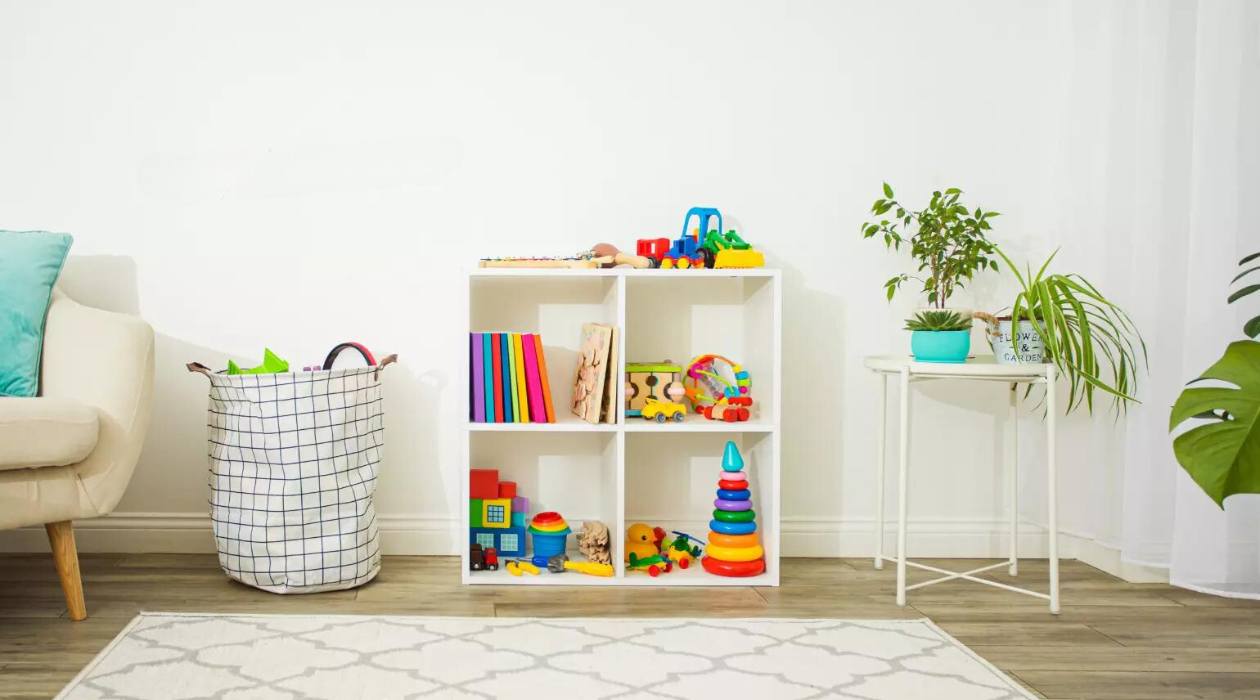
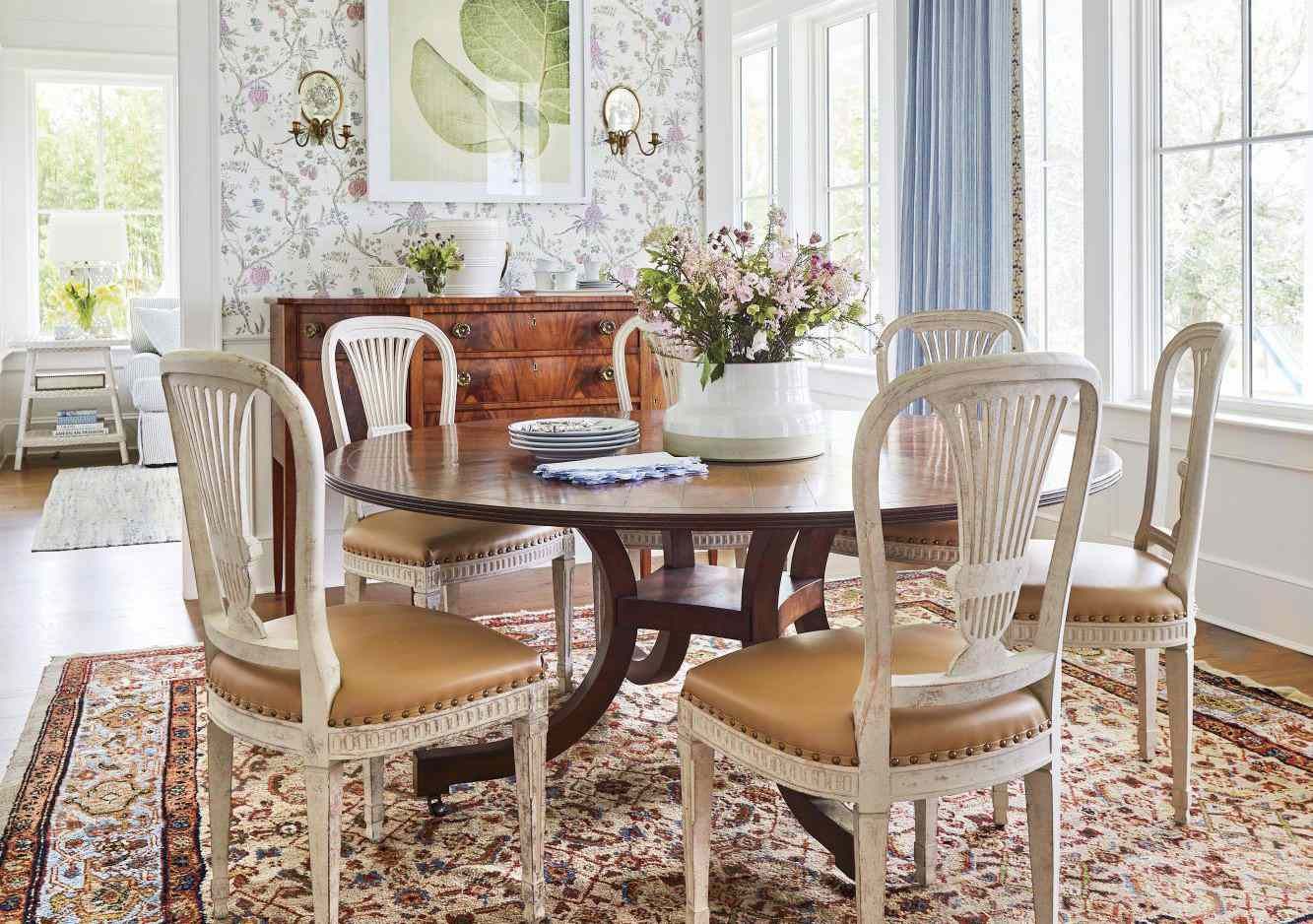
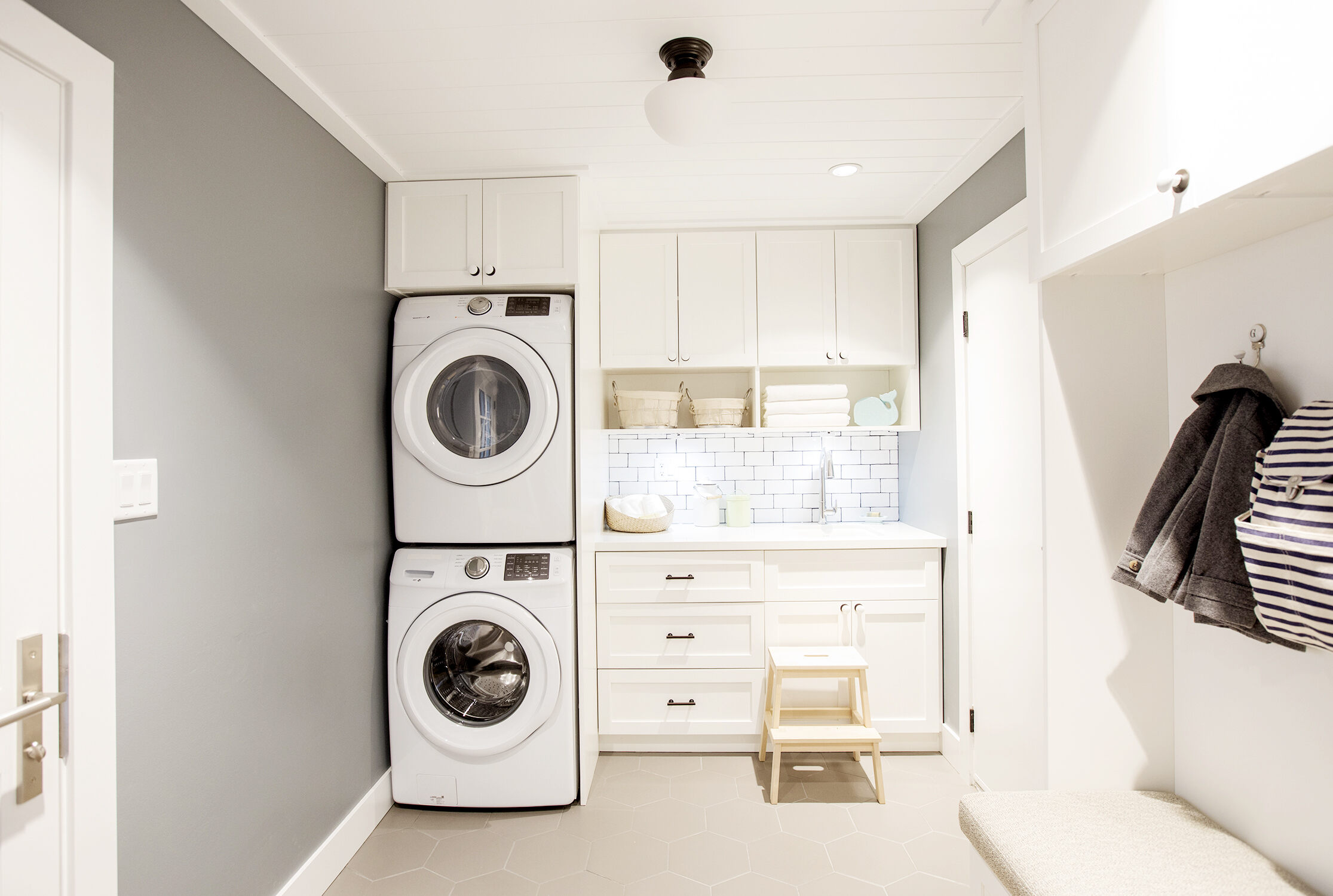
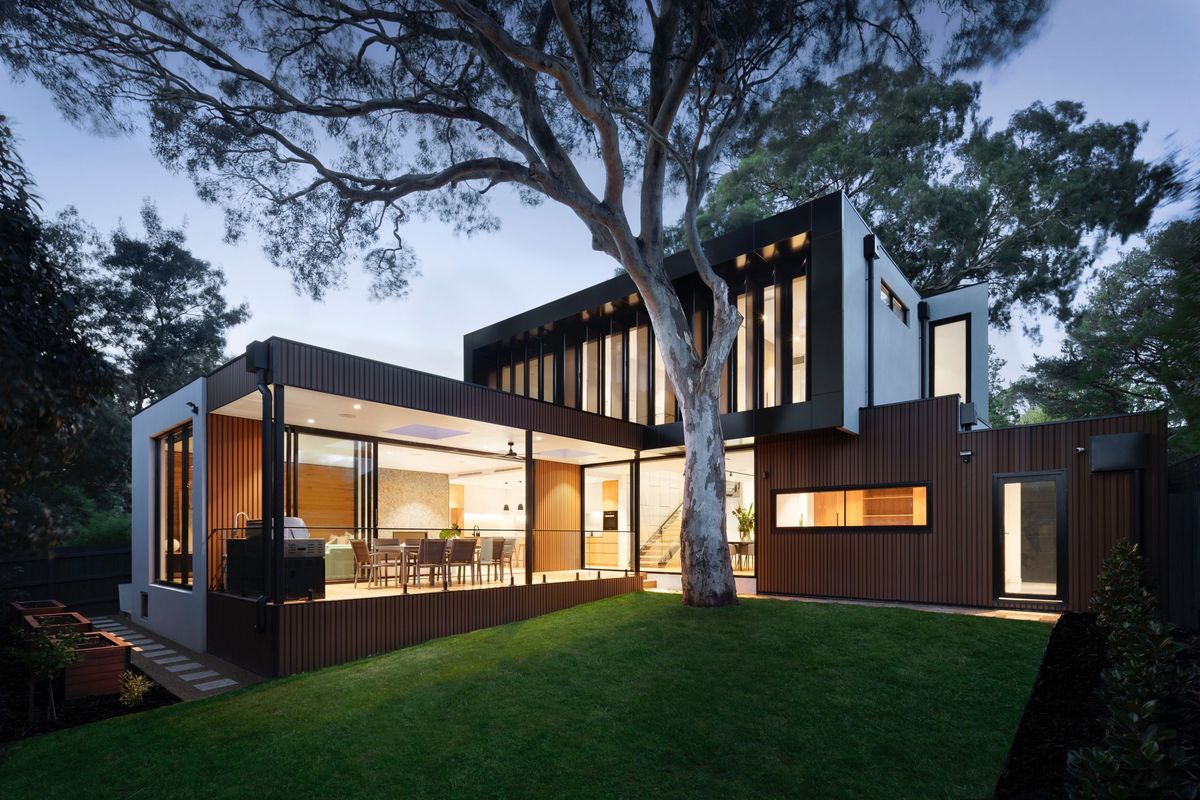
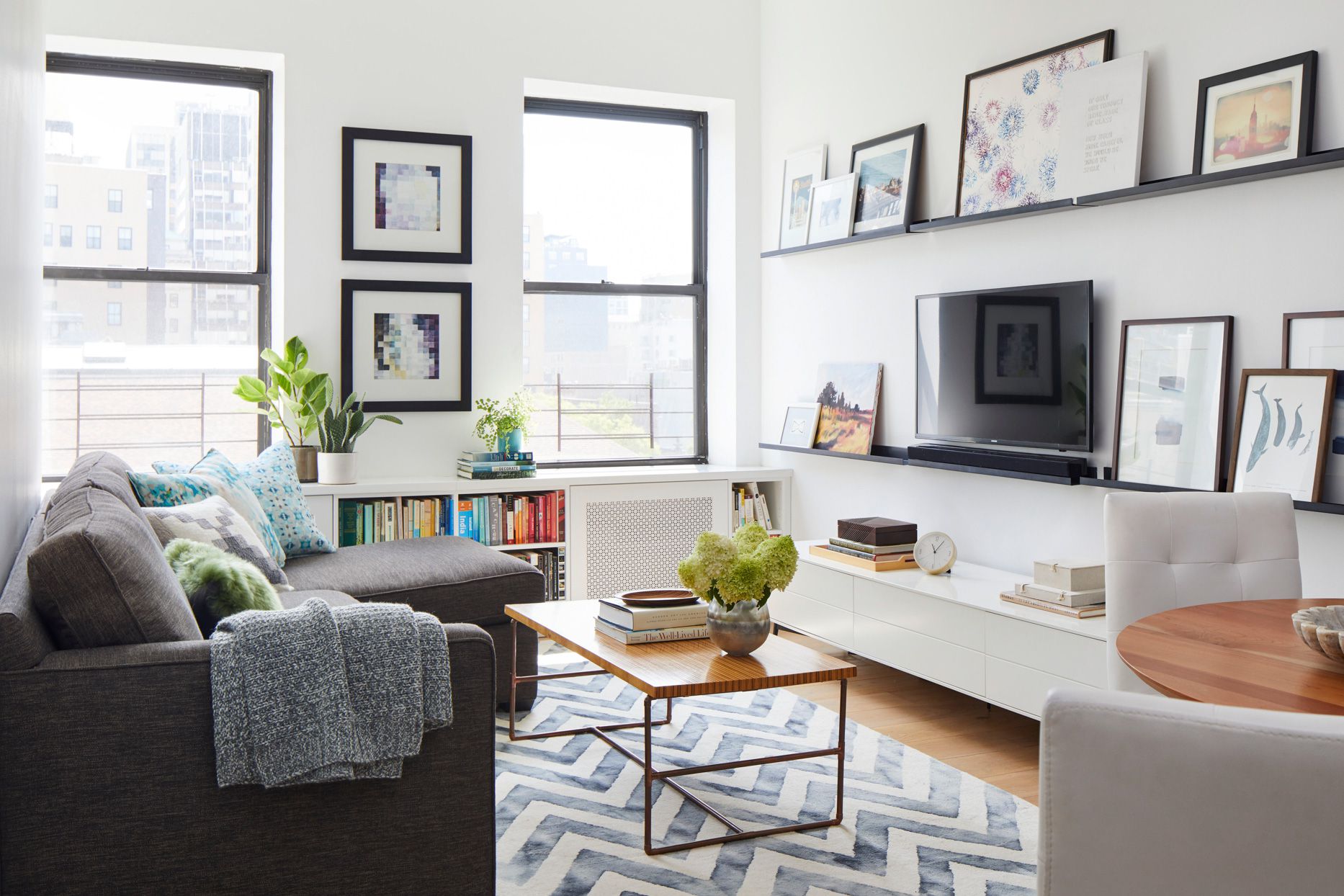
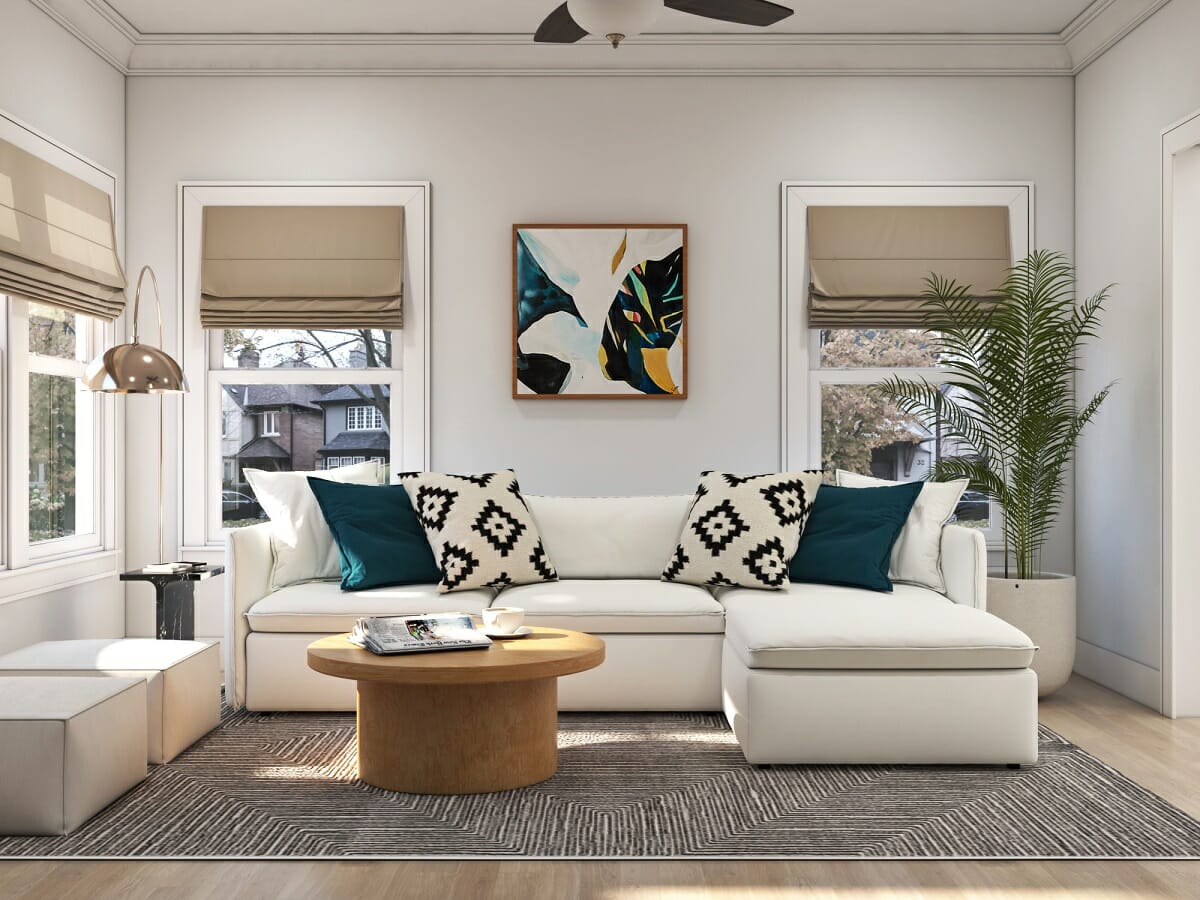
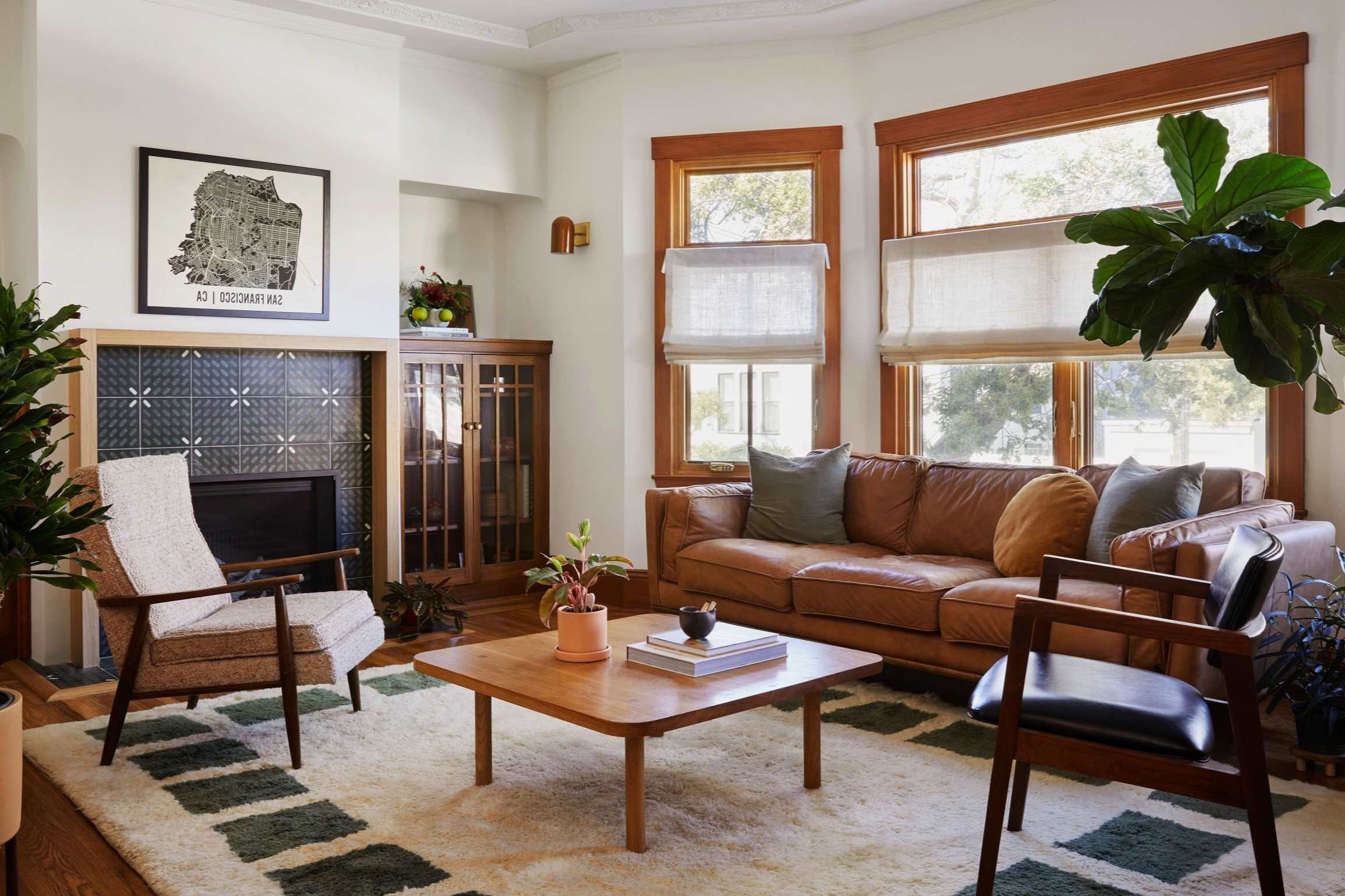
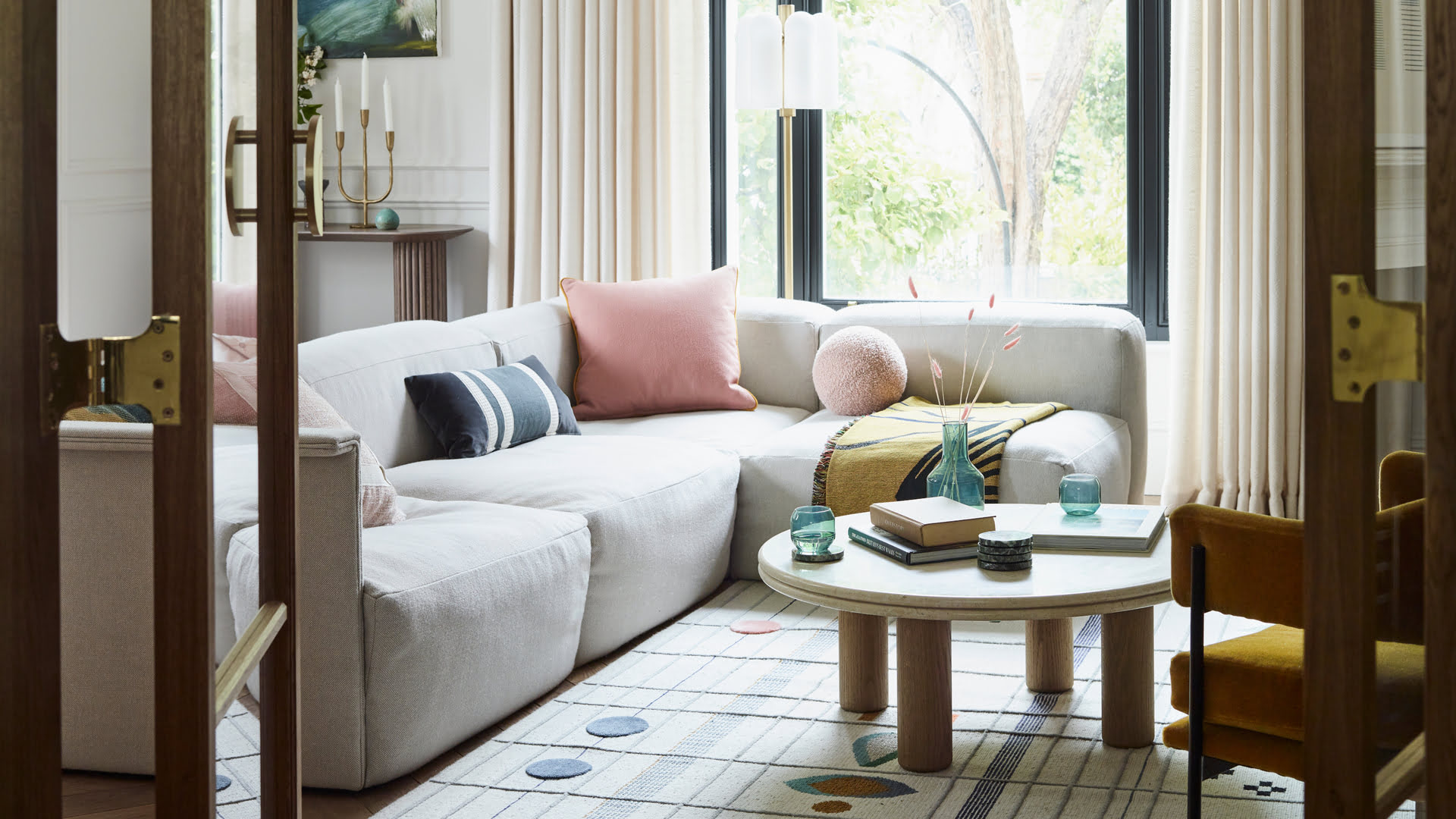

0 thoughts on “Unveiling The Illusion Of Spacious Small Rooms”